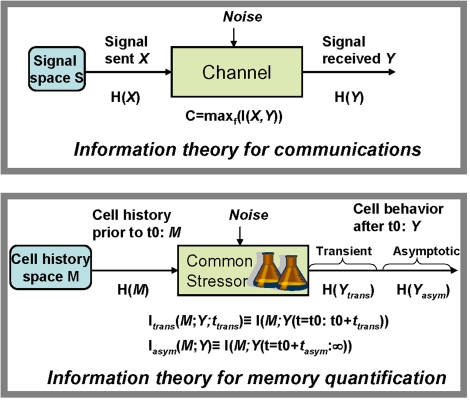Figure 3. Information-based conceptual schema for measuring memory in microbes.
In communication theory (top), the informational entropy of the signal space H(X) captures the number of different messages X that can be communicated and their probabilistic dispersal; the mutual information I(X,Y) between transmitted and received signals quantifies the amount of information actually communicated. A memory experiment, in contrast, involves subjecting cells to distinct treatments M prior to time t0, followed by an identical treatment S after time t0, with cell behavior from t0 on monitored through temporal sampling of one or more observable variables Y. As applied to bacterial memory (bottom), the informational entropy of the cell history space H(M) captures the number of different cell histories prior to time t0 tested by the experimental compendium and their probabilistic dispersal; the mutual information Itrans(M;Y;ttrans) between the transient response of the observable variable Y after time t0 and the cell history prior to time t0 captures the short-term memory of cell history exhibited by Y over the cell history space in response to treatment S. Likewise, the mutual information Iasym(M,Y) between the long-term response of Y and cell history prior to t0 captures the long-term memory of cell history exhibited by Y.

